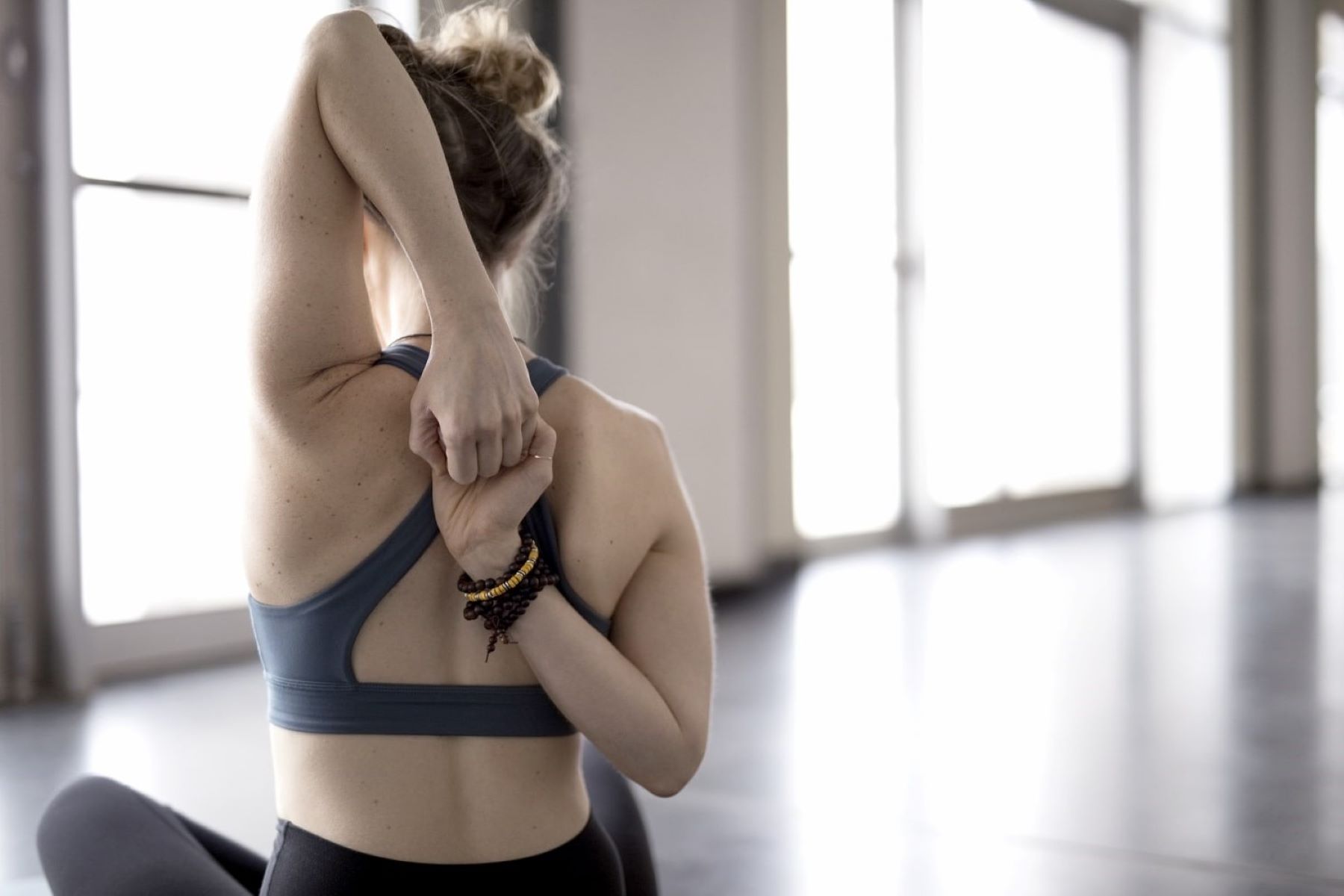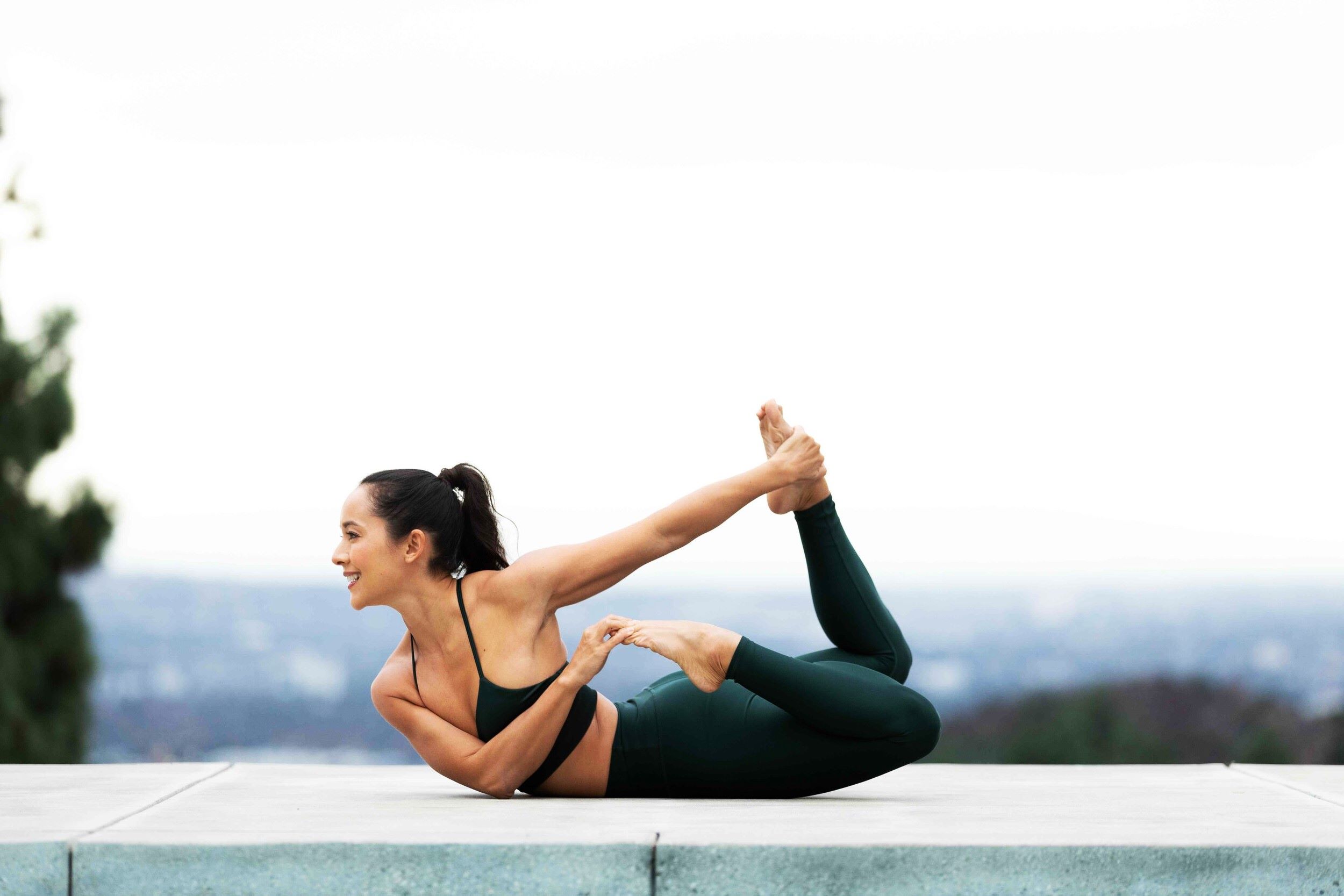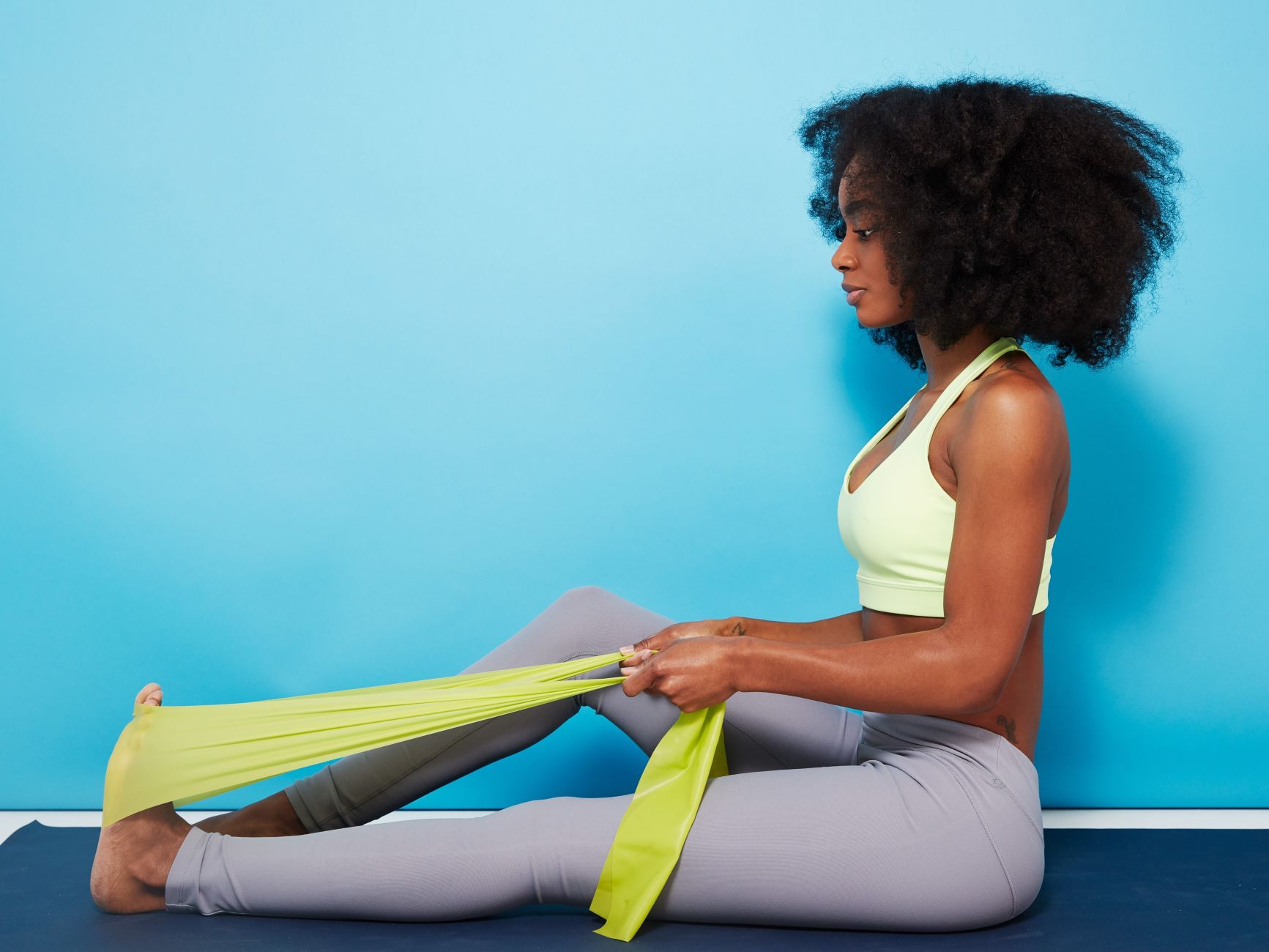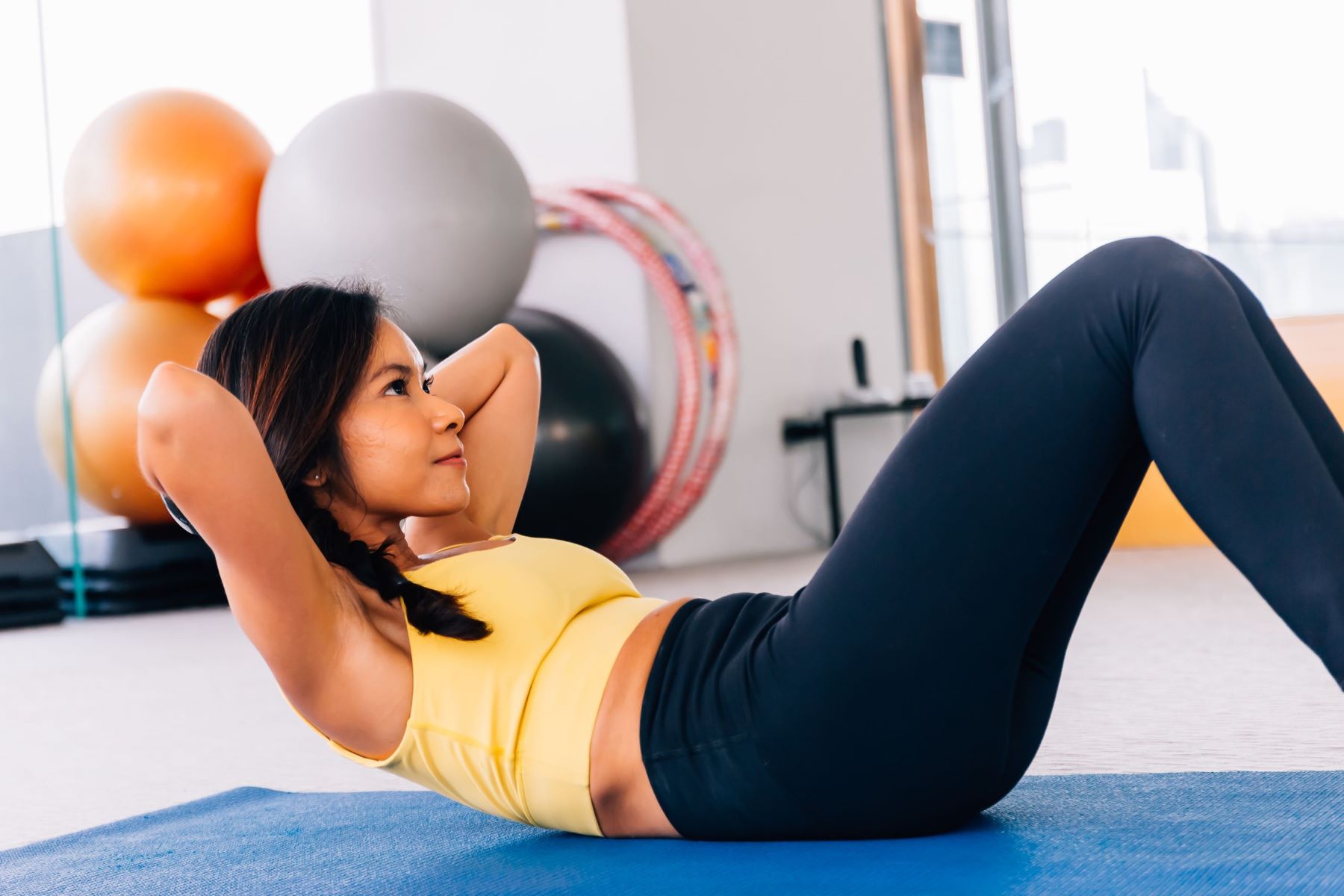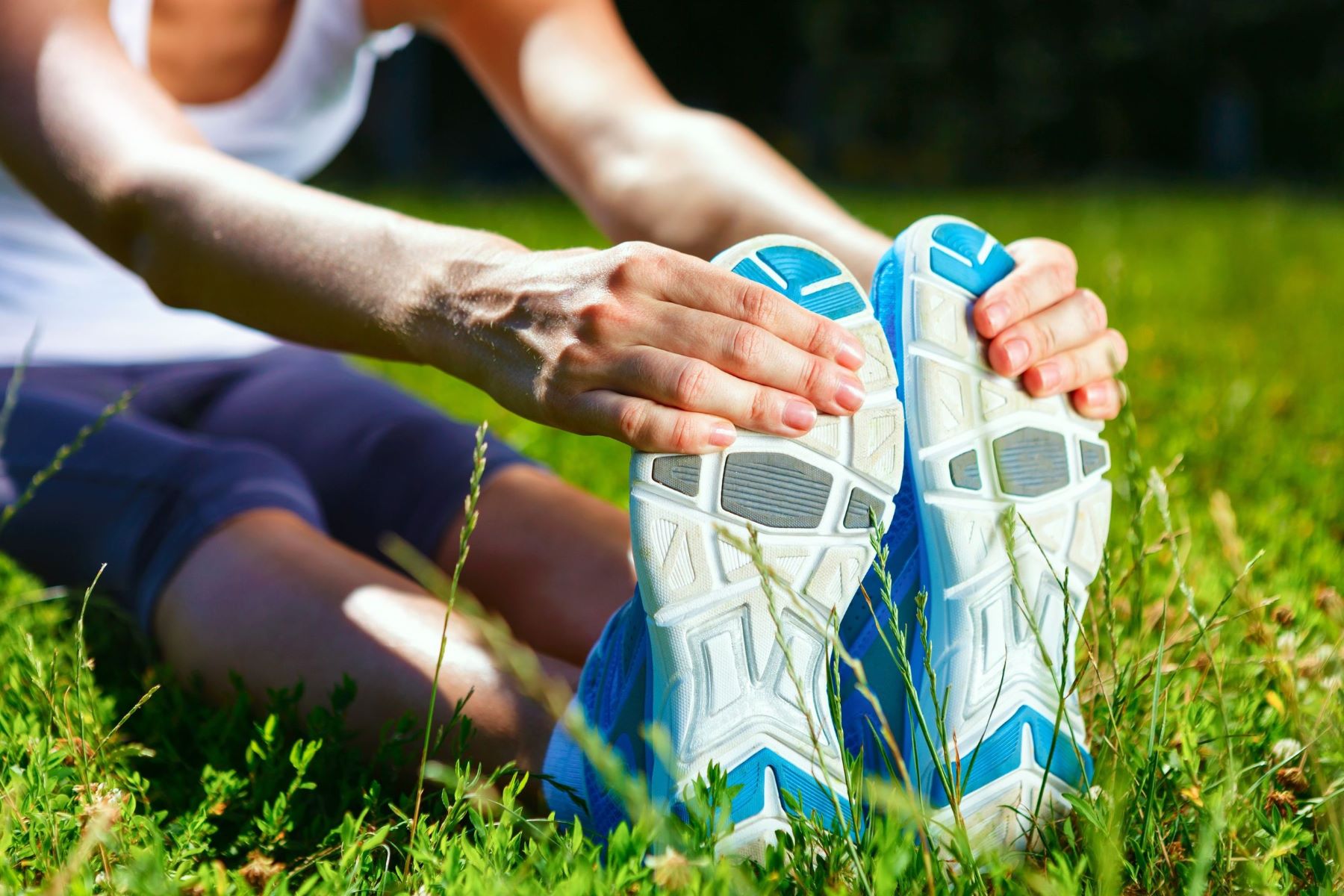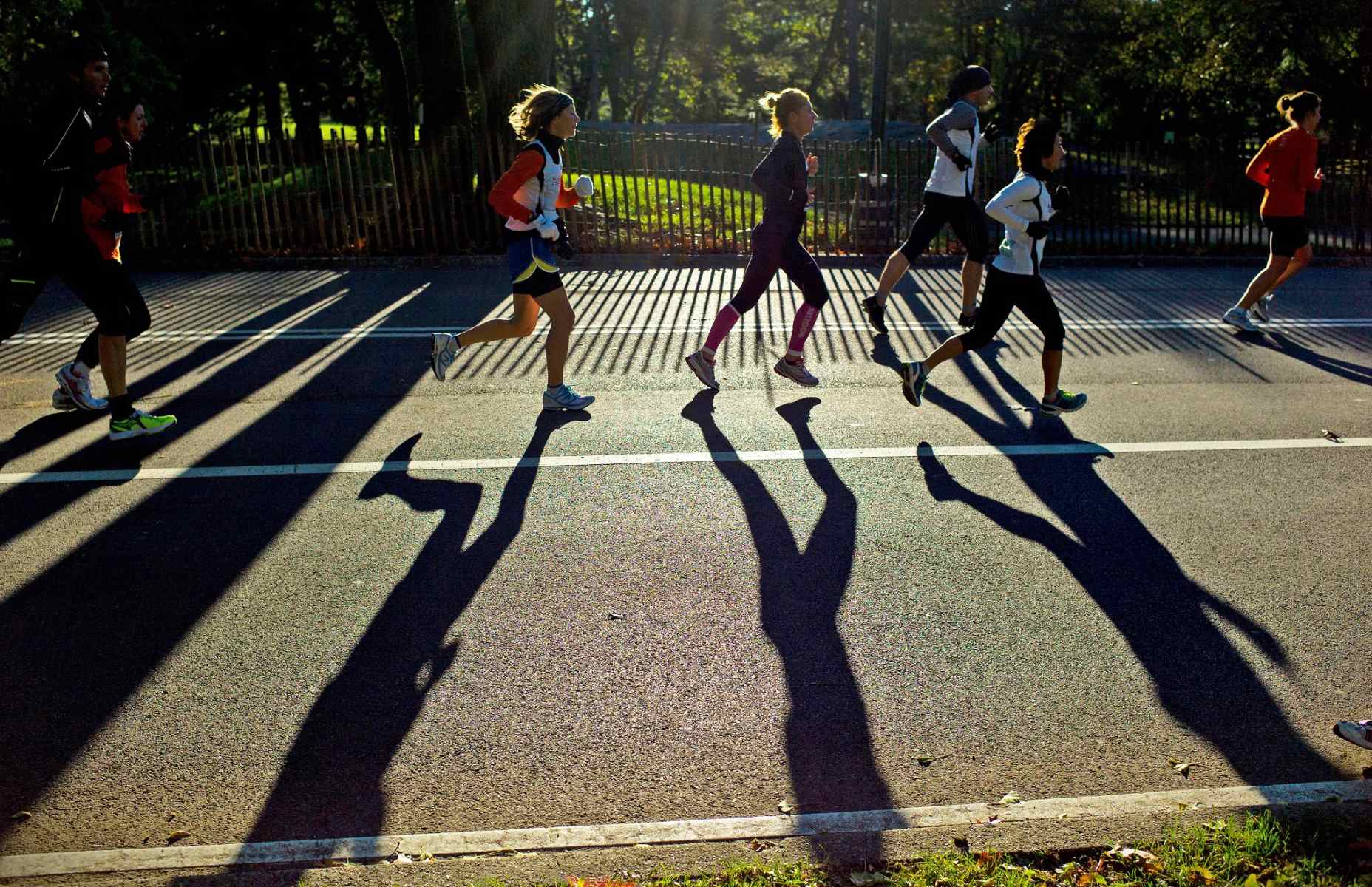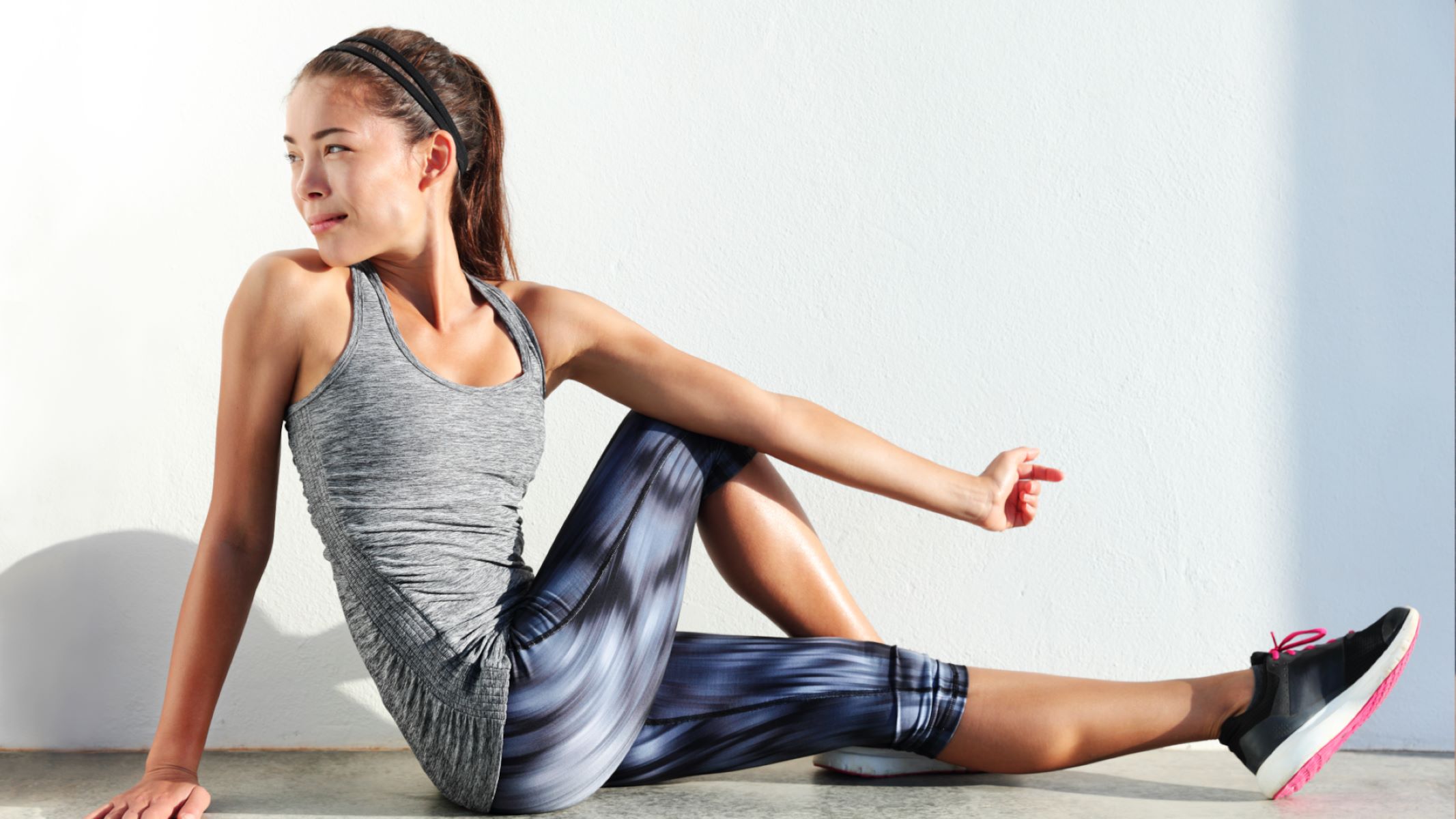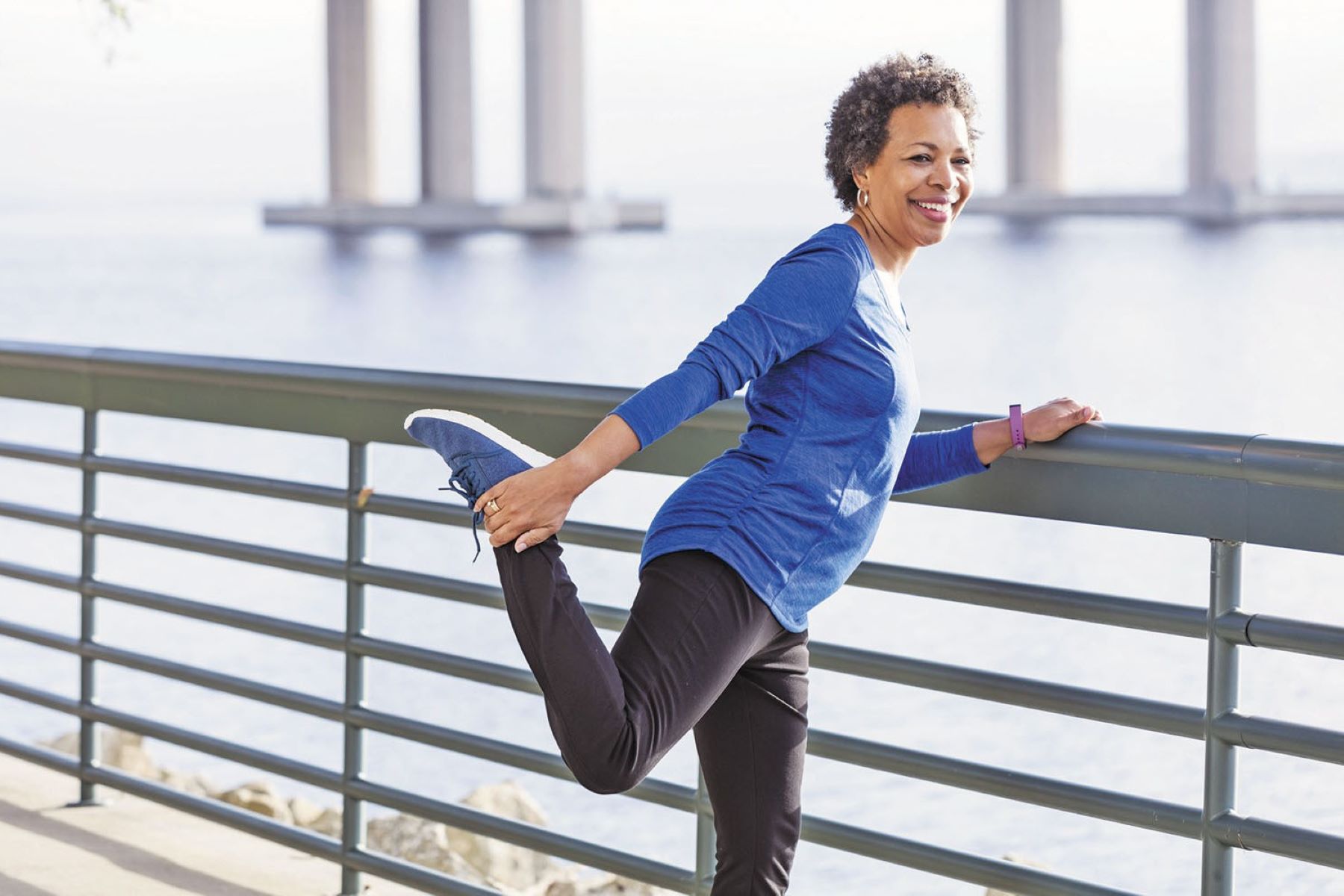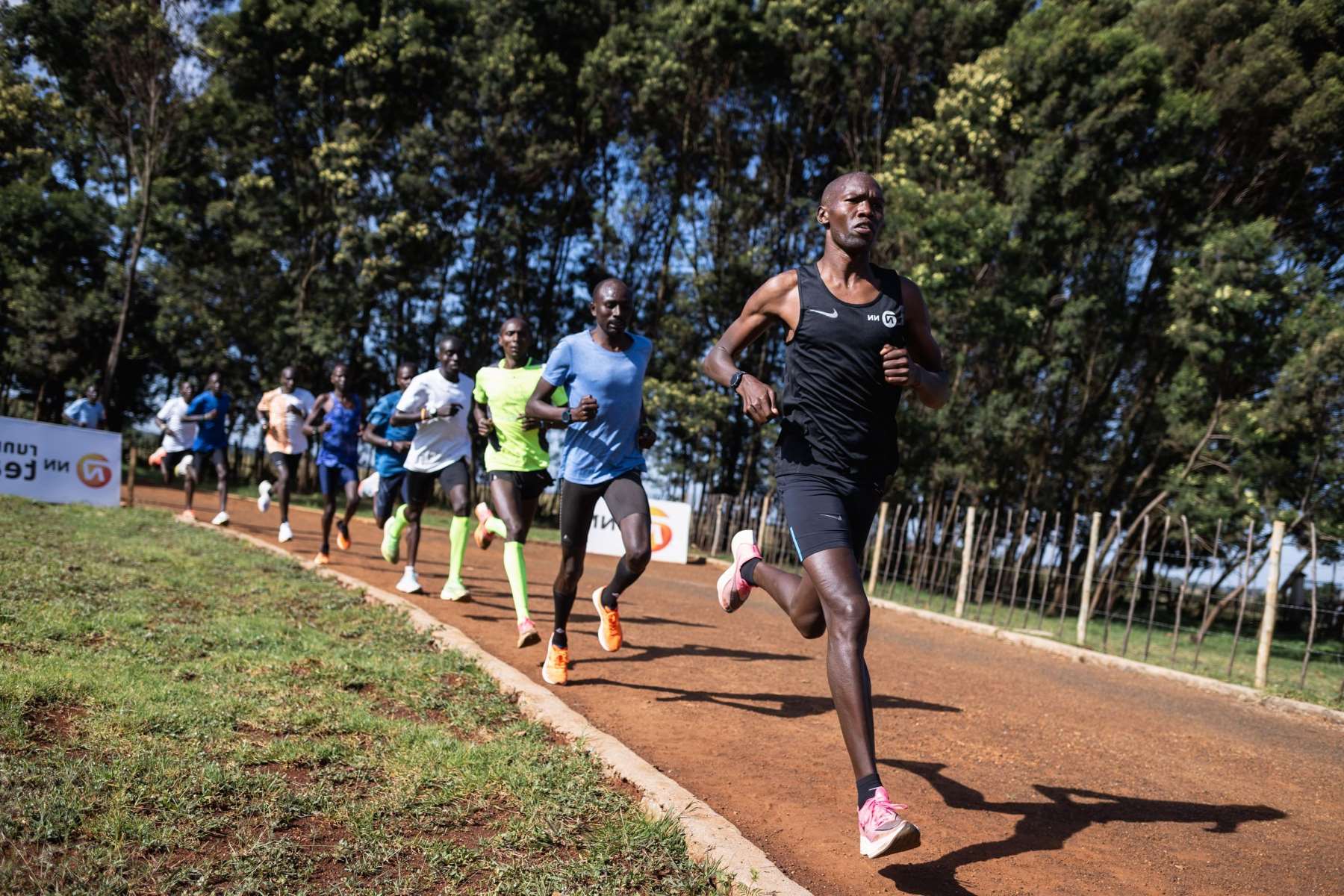Home>Health & Nutrition>Injury Prevention>Increase Your Mobility With These Top 4 Glute Stretches
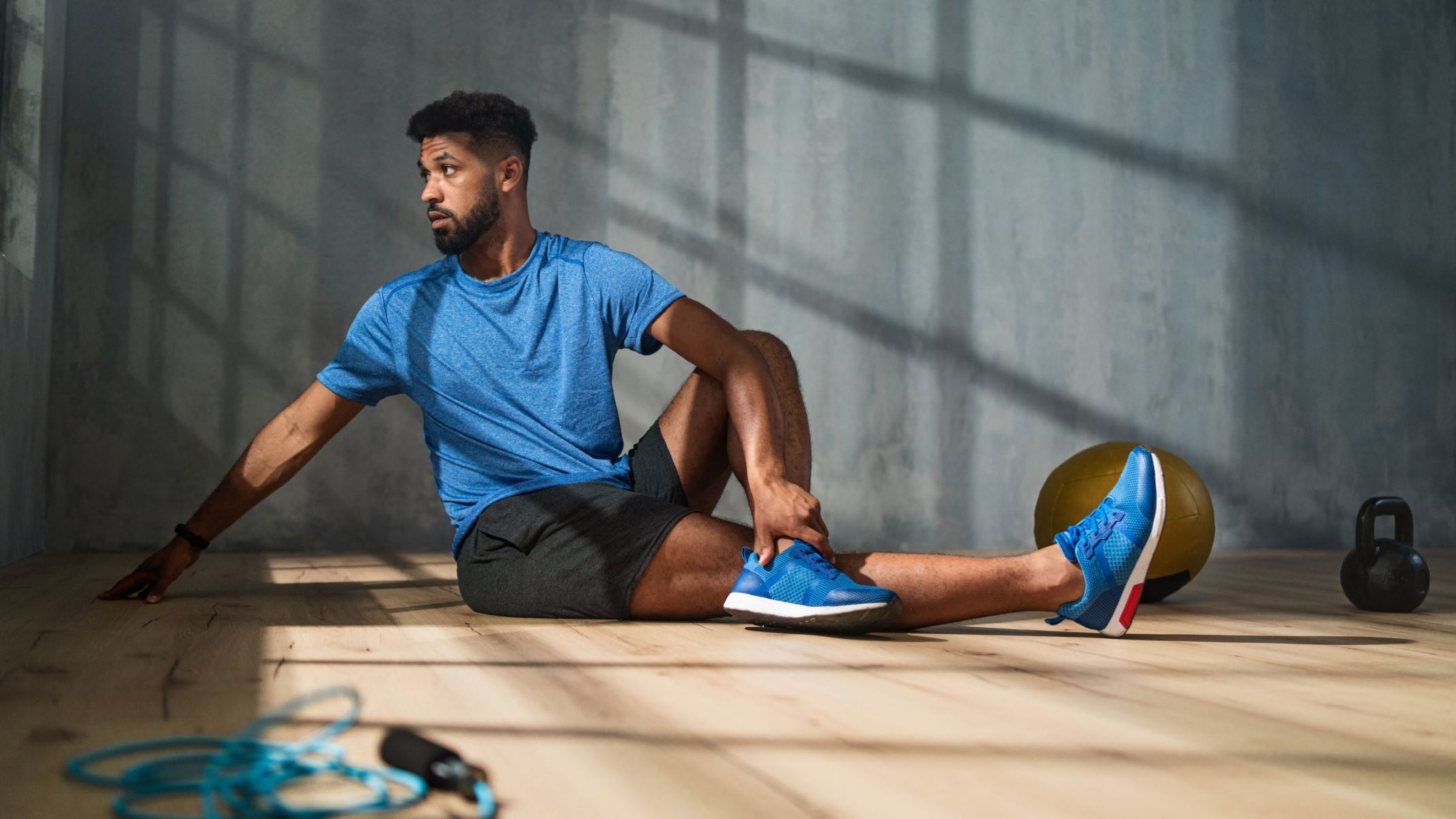

Injury Prevention
Increase Your Mobility With These Top 4 Glute Stretches
Published: February 26, 2024
Improve your flexibility and prevent injuries with these effective glute stretches. Enhance your mobility and stay injury-free with these top 4 exercises.
(Many of the links in this article redirect to a specific reviewed product. Your purchase of these products through affiliate links helps to generate commission for Therunningadvisor.com, at no extra cost. Learn more)
Table of Contents
Introduction
Incorporating glute stretches into your daily routine can significantly improve your mobility and overall well-being. The gluteal muscles, comprising the gluteus maximus, gluteus medius, and gluteus minimus, play a pivotal role in supporting the lower back, hips, and legs. By engaging in targeted stretching exercises, you can enhance the flexibility and strength of these muscles, thereby reducing the risk of injuries and enhancing your athletic performance.
In this article, we will explore four highly effective glute stretches that can be seamlessly integrated into your fitness regimen. These stretches are designed to alleviate tension in the gluteal region, enhance hip mobility, and promote better posture. Whether you are an avid athlete, a fitness enthusiast, or someone seeking to alleviate discomfort from prolonged sitting, these glute stretches offer a multitude of benefits.
By dedicating a few minutes each day to perform these stretches, you can experience a noticeable improvement in your range of motion, which can translate to enhanced performance in various physical activities. Additionally, incorporating glute stretches into your routine can contribute to the prevention of common issues such as lower back pain, hip tightness, and sciatic nerve discomfort.
The following sections will delve into each glute stretch, providing detailed instructions on how to perform them effectively. Additionally, we will offer valuable tips to maximize the benefits of these stretches and ensure that you are executing them with proper form and technique. Whether you are a beginner or a seasoned fitness enthusiast, these glute stretches can be tailored to suit your individual needs and fitness level.
Embark on this journey to unlock the potential of your gluteal muscles and experience the transformative impact of enhanced mobility and flexibility. Let's delve into the world of glute stretches and discover how these simple yet powerful exercises can elevate your physical well-being.
Read more: Top 4 Back Stretches Recommended For Runners
Importance of Glute Stretches
Glute stretches play a pivotal role in maintaining the health and functionality of the gluteal muscles, which are integral to various movements and activities. The gluteus maximus, the largest muscle in the human body, is responsible for hip extension, outward rotation, and abduction. The gluteus medius and minimus, situated on the outer surface of the pelvis, aid in hip stabilization and abduction. These muscles are not only crucial for athletic performance but also for everyday movements such as walking, standing, and sitting.
Engaging in regular glute stretches offers a myriad of benefits that contribute to overall physical well-being. By targeting the gluteal muscles through stretching exercises, individuals can enhance their flexibility and range of motion. This is particularly advantageous for individuals who lead a sedentary lifestyle or engage in activities that involve prolonged sitting, as it can help alleviate the tightness and discomfort often associated with prolonged periods of inactivity.
Furthermore, incorporating glute stretches into a fitness routine can contribute to injury prevention. Tight or weak gluteal muscles can lead to imbalances in the lower body, potentially resulting in issues such as lower back pain, hip discomfort, and compromised movement patterns. By regularly stretching and strengthening the gluteal muscles, individuals can mitigate these risks and promote better posture and alignment.
For athletes and fitness enthusiasts, the importance of glute stretches cannot be overstated. Enhanced gluteal flexibility and strength can translate to improved athletic performance, as these muscles are involved in a wide range of movements, including running, jumping, and squatting. By optimizing the function of the gluteal muscles through targeted stretches, individuals can unlock their full physical potential and reduce the likelihood of sports-related injuries.
Moreover, glute stretches can contribute to the alleviation of sciatic nerve discomfort, a common issue that arises from compression or irritation of the sciatic nerve, often due to tightness in the gluteal and piriformis muscles. By incorporating specific stretches that target these areas, individuals can experience relief from sciatic nerve pain and improve their overall comfort and mobility.
In essence, the importance of glute stretches extends beyond mere flexibility and mobility. It encompasses injury prevention, enhanced athletic performance, and the promotion of overall physical well-being. By integrating these stretches into a regular fitness regimen, individuals can unlock the transformative benefits of improved gluteal health and function, paving the way for a more active, pain-free lifestyle.
Glute Stretch 1: Standing Glute Stretch
The standing glute stretch is a highly effective exercise that targets the gluteal muscles while promoting stability and balance. This stretch is particularly beneficial for individuals seeking to alleviate tightness in the gluteal region and enhance hip flexibility. Additionally, it can be seamlessly incorporated into a pre-workout warm-up routine or as part of a comprehensive stretching regimen.
To perform the standing glute stretch, begin by standing upright with your feet hip-width apart. Maintain a straight posture and engage your core muscles for stability. Next, lift your right leg and cross it over your left thigh, forming a figure-four shape with your legs. Ensure that your right knee is pointing outward, parallel to the right side of your body.
Once you have assumed this position, slowly lower your body into a seated position, as if you were about to sit in a chair. As you descend, focus on keeping your chest lifted and your back straight to maximize the stretch in your gluteal muscles. You should feel a gentle yet deep sensation of stretching in the right glute.
Hold this position for 20-30 seconds, allowing the muscles to gradually relax and elongate. As you maintain the stretch, focus on breathing deeply and evenly, allowing oxygen to flow to the targeted muscles. After the designated time, carefully return to a standing position and repeat the stretch on the opposite side.
The standing glute stretch offers a multitude of benefits, including the alleviation of tension in the gluteal muscles and the enhancement of hip mobility. By regularly incorporating this stretch into your fitness routine, you can experience improved flexibility in the hip joint and a reduction in discomfort associated with tight gluteal muscles.
Moreover, the standing glute stretch contributes to the activation and engagement of the stabilizing muscles in the lower body, promoting better balance and coordination. This is particularly advantageous for individuals seeking to enhance their functional strength and stability in everyday movements.
In essence, the standing glute stretch serves as a valuable addition to any stretching routine, offering a simple yet effective method to target the gluteal muscles and promote overall lower body flexibility and strength. By integrating this stretch into your daily regimen, you can unlock the transformative benefits of enhanced gluteal health and mobility, paving the way for a more active and pain-free lifestyle.
Glute Stretch 2: Pigeon Pose
The pigeon pose, a quintessential yoga posture, is renowned for its profound ability to target and stretch the gluteal muscles, specifically the piriformis, a key muscle located deep within the glutes. This stretch offers a comprehensive and intense release for the gluteal region, making it an invaluable addition to any stretching routine.
To execute the pigeon pose, begin in a tabletop position, with your hands and knees on the ground. From this position, slide your right knee forward toward your right hand, positioning it behind your right wrist. Simultaneously, extend your left leg straight behind you, ensuring that your hips are squared and your back leg is extended in a straight line.
As you settle into the posture, focus on aligning your right shin parallel to the front of your mat, allowing your right foot to move toward your left hand. Your left leg should be extended straight behind you, with the top of your foot resting on the ground. It's essential to maintain a neutral pelvis and avoid overarching or rounding your lower back to ensure the stretch is effectively targeting the gluteal muscles.
Once you have assumed the proper position, gradually lower your upper body toward the ground, resting your forearms on the mat. As you descend, concentrate on maintaining a lengthened spine and engaging in deep, controlled breathing. This posture allows for a deep and targeted stretch in the right gluteal region, specifically targeting the piriformis muscle.
Hold the pigeon pose for 30-60 seconds, allowing the muscles to gradually release and relax. Throughout the stretch, focus on breathing deeply and evenly, allowing oxygen to flow to the targeted muscles. After the designated time, carefully transition out of the pose and repeat the stretch on the opposite side.
The pigeon pose offers a multitude of benefits, including the alleviation of tension in the gluteal muscles and the enhancement of hip mobility. This stretch provides a comprehensive release for the piriformis muscle, which can often become tight and contribute to discomfort in the gluteal region and lower back.
Moreover, the pigeon pose serves as an effective method to promote relaxation and release in the gluteal muscles, making it particularly beneficial for individuals seeking relief from tightness and discomfort in the hip and gluteal region. By incorporating the pigeon pose into your stretching routine, you can experience improved flexibility and reduced tension in the gluteal muscles, contributing to enhanced mobility and overall physical well-being.
In essence, the pigeon pose stands as a powerful and transformative glute stretch, offering a profound release for the gluteal muscles and promoting enhanced flexibility and mobility in the lower body. By integrating this stretch into your daily regimen, you can unlock the transformative benefits of improved gluteal health and function, paving the way for a more active and pain-free lifestyle.
Glute Stretch 3: Supine Figure Four Stretch
The supine figure four stretch, also known as the supine pigeon pose, is a highly effective exercise for targeting the gluteal muscles and promoting flexibility in the hip region. This stretch offers a gentle yet profound release for the gluteal muscles, making it an invaluable addition to any comprehensive stretching routine.
To perform the supine figure four stretch, begin by lying on your back with your knees bent and your feet flat on the ground. Maintain a relaxed and neutral spine, ensuring that your lower back is comfortably supported by the floor. From this position, lift your right foot off the ground and cross your right ankle over your left knee, forming a figure-four shape with your legs.
As you assume this position, gently thread your right hand through the space between your legs, clasping your hands behind your left thigh. With your hands interlocked, gently pull your left thigh toward your chest, allowing your right knee to move away from your body. This motion creates a gentle yet effective stretch in the right gluteal region, targeting the piriformis muscle and surrounding tissues.
As you hold the stretch, focus on maintaining a relaxed and steady breathing pattern, allowing the muscles to gradually release and relax. It's essential to approach the stretch with a sense of ease and mindfulness, avoiding any forceful or abrupt movements that may lead to discomfort or strain.
Hold the supine figure four stretch for 30-60 seconds, allowing the targeted muscles to experience a deep and restorative release. Throughout the stretch, focus on breathing deeply and evenly, allowing oxygen to flow to the targeted muscles and facilitate relaxation. After the designated time, carefully release the stretch and repeat the exercise on the opposite side.
The supine figure four stretch offers a multitude of benefits, including the alleviation of tension in the gluteal muscles and the promotion of hip flexibility. This stretch provides a gentle yet effective release for the piriformis muscle, which can often become tight due to prolonged periods of sitting or physical activity.
Moreover, the supine figure four stretch serves as a valuable method to promote relaxation and release in the gluteal muscles, making it particularly beneficial for individuals seeking relief from tightness and discomfort in the hip and gluteal region. By incorporating this stretch into your regular routine, you can experience improved flexibility and reduced tension in the gluteal muscles, contributing to enhanced mobility and overall physical well-being.
In essence, the supine figure four stretch stands as a powerful and transformative glute stretch, offering a gentle yet profound release for the gluteal muscles and promoting enhanced flexibility and mobility in the lower body. By integrating this stretch into your daily regimen, you can unlock the transformative benefits of improved gluteal health and function, paving the way for a more active and pain-free lifestyle.
Glute Stretch 4: Seated Glute Stretch
The seated glute stretch is a versatile and effective exercise that targets the gluteal muscles while promoting relaxation and flexibility. This stretch can be seamlessly incorporated into a daily routine and is particularly beneficial for individuals seeking to alleviate tightness in the gluteal region and enhance hip mobility. Whether you are a fitness enthusiast, an athlete, or someone looking to improve overall flexibility, the seated glute stretch offers a multitude of benefits.
To perform the seated glute stretch, begin by sitting on the ground with your legs extended in front of you. Sit tall with a straight spine and engage your core muscles for stability. Next, bend your right knee and cross your right ankle over your left thigh, positioning your right foot flat on the ground. Ensure that your right knee is pointing outward, parallel to the right side of your body.
Once you have assumed this position, gently hug your right knee toward your chest, wrapping your arms around your right shin. As you draw your knee closer to your chest, focus on maintaining an upright posture and avoid rounding your lower back. This motion creates a gentle yet effective stretch in the right gluteal region, targeting the piriformis muscle and surrounding tissues.
Hold the seated glute stretch for 20-30 seconds, allowing the targeted muscles to experience a deep and restorative release. Throughout the stretch, focus on breathing deeply and evenly, allowing oxygen to flow to the targeted muscles and facilitate relaxation. After the designated time, carefully release the stretch and repeat the exercise on the opposite side.
The seated glute stretch offers a myriad of benefits, including the alleviation of tension in the gluteal muscles and the enhancement of hip mobility. This stretch provides a gentle yet effective release for the piriformis muscle, which can often become tight due to prolonged periods of sitting or physical activity. Additionally, the seated glute stretch promotes relaxation and release in the gluteal muscles, making it particularly beneficial for individuals seeking relief from tightness and discomfort in the hip and gluteal region.
Incorporating the seated glute stretch into your regular routine can contribute to improved flexibility and reduced tension in the gluteal muscles, ultimately enhancing mobility and overall physical well-being. By dedicating a few minutes each day to perform this stretch, you can experience a noticeable improvement in your range of motion, contributing to enhanced performance in various physical activities.
In essence, the seated glute stretch stands as a valuable addition to any stretching routine, offering a simple yet effective method to target the gluteal muscles and promote overall lower body flexibility and strength. By integrating this stretch into your daily regimen, you can unlock the transformative benefits of improved gluteal health and mobility, paving the way for a more active and pain-free lifestyle.
Tips for Effective Glute Stretching
Effective glute stretching goes beyond simply performing the exercises; it involves a holistic approach that encompasses proper technique, mindfulness, and consistency. By adhering to the following tips, individuals can maximize the benefits of glute stretching and ensure that they are executing the exercises with precision and intention.
-
Mindful Breathing: Incorporating deep, controlled breathing into glute stretching exercises can enhance the effectiveness of the stretches. By focusing on steady inhalation and exhalation, individuals can promote relaxation in the targeted muscles and facilitate a deeper stretch. Mindful breathing also aids in maintaining a sense of calm and focus during the stretches, allowing individuals to connect with their bodies and optimize the benefits of the exercises.
-
Gradual Progression: When engaging in glute stretches, it is essential to approach the exercises with patience and gradual progression. Avoid forcing the body into intense stretches, especially if the muscles are tight or inflexible. Instead, ease into the stretches gradually, allowing the muscles to adapt and elongate over time. Consistent practice and gentle progression can lead to significant improvements in flexibility and mobility in the gluteal region.
-
Proper Alignment: Paying attention to proper alignment during glute stretching exercises is crucial for targeting the intended muscles and avoiding strain or discomfort. Maintaining a neutral spine, engaging the core muscles, and aligning the hips correctly can ensure that the stretch effectively targets the gluteal muscles. Additionally, individuals should be mindful of their posture and avoid overarching or rounding the lower back, which can detract from the efficacy of the stretches.
-
Consistency: Consistency is key to reaping the full benefits of glute stretching. Integrating these exercises into a daily routine, whether as part of a warm-up, cool-down, or standalone stretching session, can contribute to noticeable improvements in flexibility and mobility. By dedicating a few minutes each day to perform glute stretches, individuals can gradually enhance the health and functionality of their gluteal muscles, leading to a more active and pain-free lifestyle.
-
Listen to Your Body: It is essential to listen to the body's signals during glute stretching exercises. Sensations of gentle tension and stretching are normal, but individuals should avoid pushing themselves to the point of discomfort or pain. By honoring the body's limits and adjusting the intensity of the stretches accordingly, individuals can ensure a safe and effective stretching experience.
Incorporating these tips into a glute stretching routine can elevate the effectiveness of the exercises and contribute to improved flexibility, mobility, and overall well-being. By approaching glute stretching with mindfulness, proper technique, and consistency, individuals can unlock the transformative benefits of enhanced gluteal health and function.
Conclusion
In conclusion, the incorporation of glute stretches into your daily routine can yield profound benefits for your overall well-being and physical performance. The gluteal muscles, comprising the gluteus maximus, gluteus medius, and gluteus minimus, play a pivotal role in supporting the lower back, hips, and legs. By engaging in targeted stretching exercises, you can enhance the flexibility and strength of these muscles, thereby reducing the risk of injuries and enhancing your athletic performance.
The four glute stretches outlined in this article – the standing glute stretch, pigeon pose, supine figure four stretch, and seated glute stretch – offer a comprehensive approach to targeting and releasing tension in the gluteal muscles. Each stretch provides unique benefits, ranging from enhanced hip mobility to the alleviation of tightness and discomfort in the gluteal region. By incorporating these stretches into your fitness regimen, you can experience a noticeable improvement in your range of motion, which can translate to enhanced performance in various physical activities.
Furthermore, the importance of glute stretches extends beyond mere flexibility and mobility. It encompasses injury prevention, enhanced athletic performance, and the promotion of overall physical well-being. By integrating these stretches into a regular fitness routine, individuals can unlock the transformative benefits of improved gluteal health and function, paving the way for a more active, pain-free lifestyle.
Effective glute stretching goes beyond simply performing the exercises; it involves a holistic approach that encompasses proper technique, mindfulness, and consistency. By adhering to mindful breathing, gradual progression, proper alignment, consistency, and listening to your body, individuals can maximize the benefits of glute stretching and ensure that they are executing the exercises with precision and intention.
In essence, the journey to unlock the potential of your gluteal muscles through targeted stretching exercises is a journey toward enhanced mobility, flexibility, and overall physical well-being. By dedicating a few minutes each day to perform these stretches, you can experience a profound improvement in your lower body function, contributing to a more active and pain-free lifestyle. Embrace the transformative power of glute stretches and embark on a path toward enhanced mobility and well-being.

